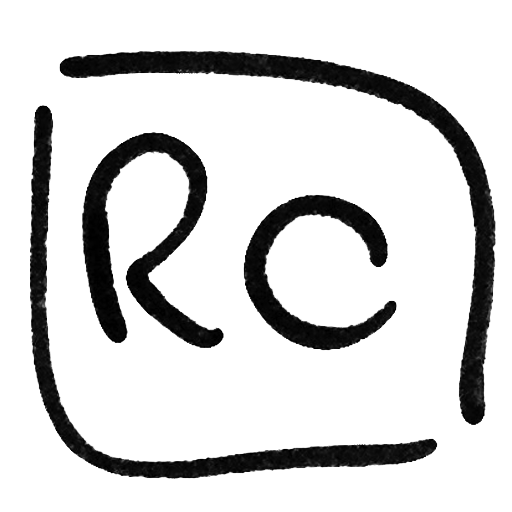This post is an introduction to my autobiographical series of drawings a Chiyo-ni. 7 disegni per 28 haiku (7 drawings for 28 haiku). Starting point for this series was my ‘urge’ for an Italian metrical translation of haiku by the Japanese poetess Chiyo-ni, who lived in the Kaga Province from 1703 to 1775. You can read my Italian metrical translations of the 28 haiku (or the original Japanese, as you wish) here.
about Chiyo-ni
This amazing artist was a master in poetry, calligraphy and painting. She wrote her first haiku at the age of seven and was already famous throughout Japan when she was only seventeen. Little is known about her biography. She possibly married at 25, got a child who soon died and became widow at 27. Certain is: she became a nun of the Pure Land Buddhist school at the age of 52 and wrote haiku her lifelong. She tightened deep bonds with other women writers, some of them being nuns, others former prostitutes, and together they loved exercising in renku, a form of popular collaborative linked verse poetry. Her haiku were published for the first time when she was nineteen, were included in more than one hundred anthologies alone when she was alive, and in her lifetime she achieved to publish two collections of her own poetry, which in those times was unusual even for men.
In Chiyo-ni’s haiku you will find the typical connection to daily, simple objects of the respective season (the ‘seasonal word’ subject of any haiku, that is kigo), and a very sensual, feminine mood. Also of big interest for me, as a Buddhist myself, even if not of the same school of Chiyo-ni, is that one can recognize the Buddhist principle of Impermanence as a guideline through her work.
my work
So first of all I worked on the translations, the main task being for me not the translation itself, but to get a good metrical Italian version of these haiku, which are composed in 5-7-5 syllable verses. Another starting point for my work was the 7 year cycle occurring in every life, that became my unit of measurement for an autobiographical development of the 7 drawings. In this way, each of my drawings was reflecting a 7 year cycle of my life and was underlined by 4 haiku by Chiyo-ni, one per season, working almost as a caption. The whole series has actually developed as a sort of a more complex haiga, which is a painting by a haiku poet. The resulting proportion :
(1 year / 4 haiku) : Chiyo-ni = (1 drawing / 7 years) : myself
Realistically depicted, significant objects of my life are overlayed by a stylized self-portrait; this overlapping should highlight the Buddhist principle of the Oneness of Self and Environment, which runs in parallel to the one of Impermanence. The drawings have been made with colour pencils and ink on washi paper, the Japanese paper and the stylized self-portraits being a homage to the work of Chiyo-ni not only as a poetess, but also as a calligrapher and a painter.
Bibliography
Patricia Donegan and Yoshie Ishibashi, Chiyo-ni. Woman Haiku Master, Charles E. Tuttle Publishing, 1998.
Chiyo-ni 1703-1775 [online anthology in French].
HAIKU [English anthology of several author’s poems from “Dr. Michael Haldane’s translation homepage”]

